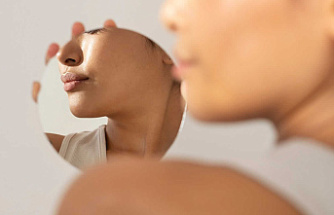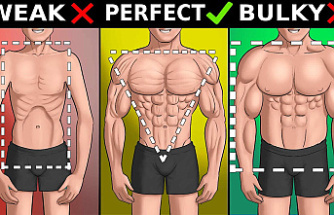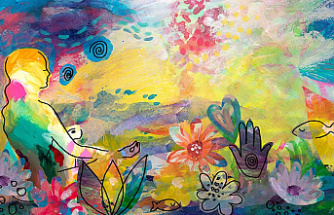Many people associate dry eyes with the summer when the air is warmer and drier. However, every patient with dry eye syndrome is different, and some will find their symptoms worsen in the winter. Several factors, including indoor heating, windy conditions, and increased screen time, can contribute to this.
The good news is that there are some things you can do to help alleviate the symptoms of dry eyes during winter. Here are some tips:
Consider light therapy
IPL therapy is a promising treatment for dry eye that uses gentle pulses of light to improve the function of the meibomian glands. The meibomian glands are responsible for producing the oil that keeps tears from evaporating too quickly. Studies have shown that light therapy for dry eyes can significantly reduce symptoms of dry eye syndrome and improve quality of life.
Use a humidifier
To help reduce the incidence of dry eye syndrome, use a humidifier in your home or office to help keep the air moist. This will help prevent the evaporation of tears and provide relief from symptoms.
Take breaks from screens
If you've been scrolling through your feed for hours or working on a project for days, you may notice some discomfort in your eyes. This is because we are using screens more than ever, which can contribute to dry eye syndrome. Therefore, taking breaks from screens every 20 minutes or so is essential to give your eyes a rest to help prevent dry eye syndrome. During these breaks, try blinking a few times or looking into the distance to help re-lubricate your eyes. In addition, if you're already experiencing symptoms of dry eye syndrome, there are artificial tears you can use to help relieve the discomfort.
Protect your eyes from the wind
When it's windy outside, it is crucial to wear sunglasses or goggles to protect your eyes. This will help to keep the wind from drying out your tears and causing irritation. If you don't have sunglasses or goggles, you can use a scarf or other piece of cloth to cover your eyes. Ensure the fabric is breathable, so your eyes don't get too sweaty. In addition to protecting your eyes from the wind, sunglasses or goggles will also help to reduce the glare from the sun. This is especially important if you spend time outdoors in the winter when the sun is lower in the sky.
Use artificial tears
If you are suffering from dry eye syndrome, artificial tears can help lubricate your eyes and relieve symptoms. Look for a hypoallergenic product free of preservatives to avoid further irritation.
Final thoughts
Dry eye syndrome can be challenging to deal with, but by taking some simple steps, you can help ease your symptoms during the winter months. Despite these measures, you must see your doctor if you still struggle with dry eye syndrome. They can prescribe additional treatments, such as medicated drops, ointments, and other treatment options to help relieve your symptoms.












